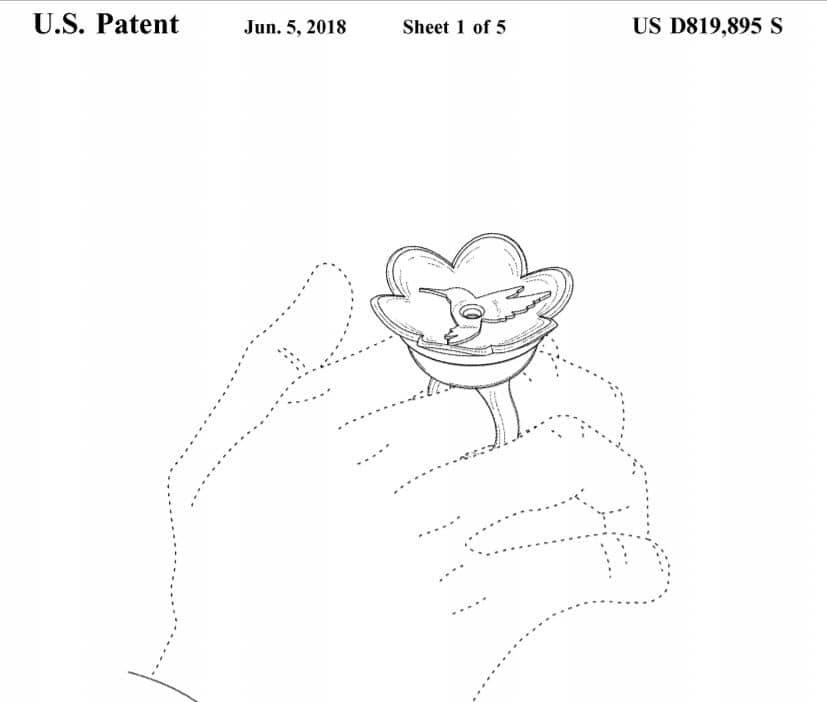Hearing care professionals are aware of the right ear advantage, and recently it received renewed attention from James Jerger in the Hearing Review.
Another recent report, one published in open access journal PLOS Biology, sheds additional light on these differences between ears. In a multi-national study published March 13, Michelle Antoine, Jean Hébert, and their colleagues at the Albert Einstein College of Medicine investigated the potential link between increased incidences of atypical asymmetries in motor behavior and defects in inner ear function.
Despite a long-standing fascination with asymmetries in left-right brain function by the public and scientific community alike, very little is known about the causes of functional brain asymmetry in mammals. The preferential use of a limb or a body part on one side of the body is a common example of this asymmetry.
In the PLOS Biology study, the authors used mice which have a genetic defect affecting the vestibular function of their inner ear to closely examine these asymmetries. Based on a series of genetic, surgical, and pharmacological experiments, the researchers showed that even short-term imbalance of degenerating inner ear function in mice can lead to long-lasting asymmetries in the relative activity levels of two key neurotransmitters in the brain – glutamate and dopamine.
Asymmetry in these two neuronal signaling pathways correlated with the animal’s preferred spontaneous turning direction, such that the motor-dominant hemisphere had higher levels of glutamate neurotransmission and lower levels of dopamine signaling. In addition, the authors found they lessen or reverse the preferred turning direction by experimentally manipulating the levels of a specific signaling pathway (involving a protein called ERK) that integrates both glutamate and dopamine neurotransmission.
Ear Function and Brain Development
According to a press release, the authors also showed that their findings in mice could extend to humans with normal ear function. In experiments in which human subjects underwent brain imaging during stimulation to each ear, the ear with the weakest vestibular brain response correlated with the motor-dominant hemisphere, as measured by the participant’s handedness.
Functional brain asymmetry seems to arise independently of other anatomical asymmetries such as the positioning of the heart and liver, and no clear mechanism is known; by showing that early asymmetry in sensory input from the ear can permanently shape the asymmetric distribution of brain function, this study provides an important new insight, according to the authors.
Source: Antoine MW, Zhu X, Dieterich M, Brandt T, Vijayakumar S, McKeehan N, et al. (2018) Early uneven ear input induces long-lasting differences in left-right motor function. PLoS Biol 16(3): e200298
*featured image courtesy wikimediacommons








Michael Gazzaniga and other top neuroscientists have proven through split brain studies that each hemisphere is capable of independent thinking and cognitive action. This was proven after the corpus callosem was severed, and no appreciable difference in cognitive awareness was noticed in the test modes. In the evolutionary pattern the size and functions of the corpus callosem seem to be becoming less significant as noted in studies with mice.